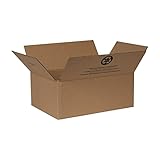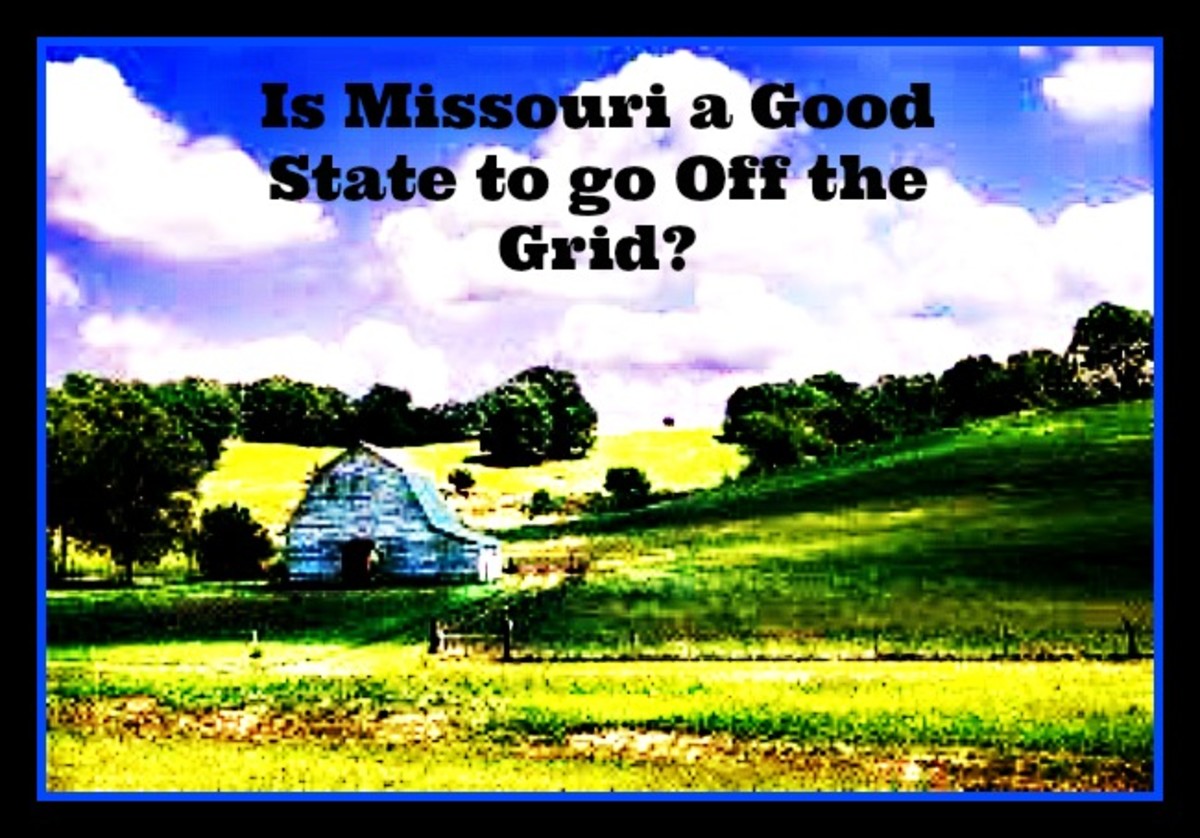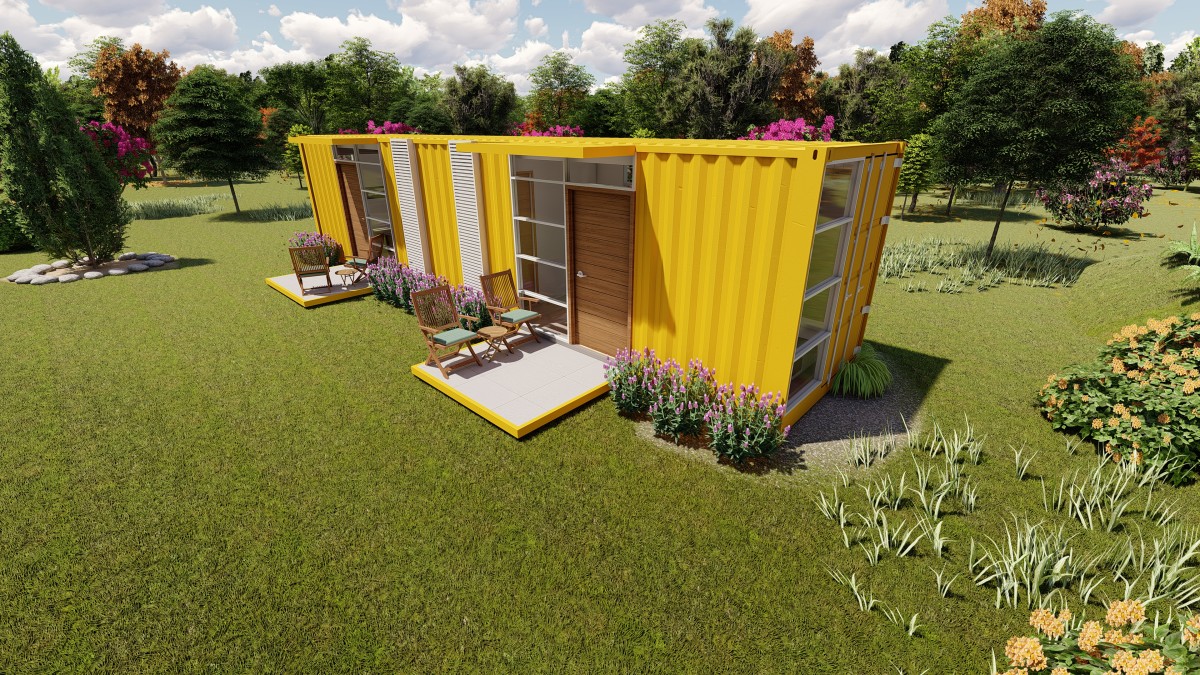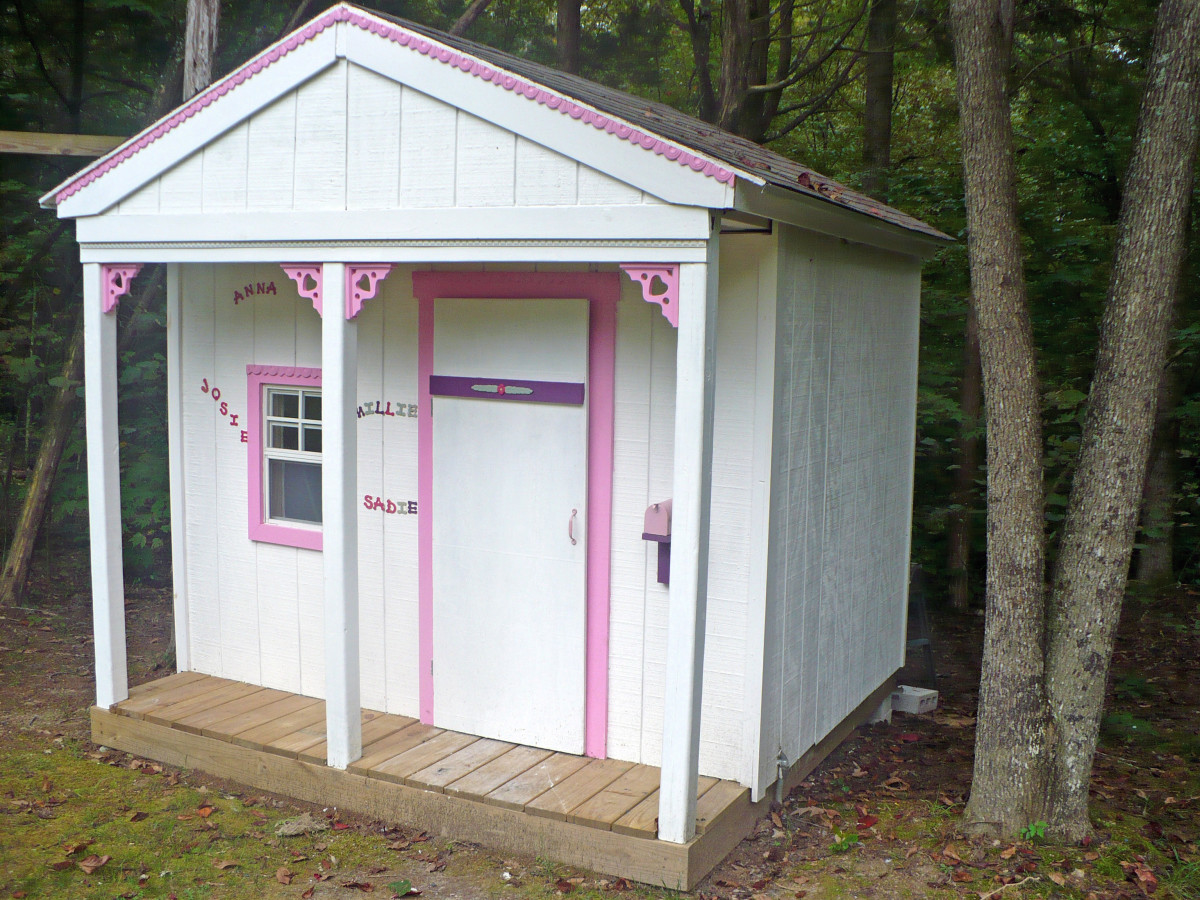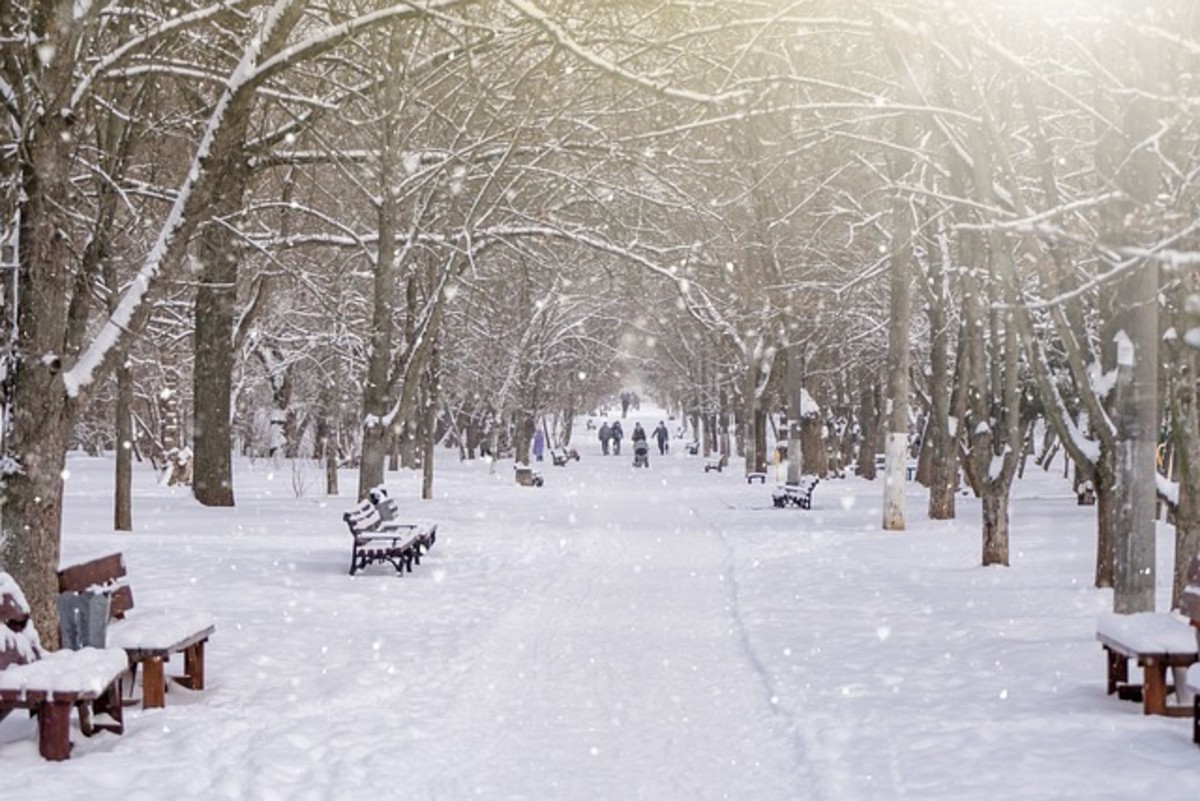How To Build A Snow Fort
Learning how to build a snow fort is an important winter-time activity that teaches kids the value of building four walls with the effort of their own arms. And for adults, building a snow fortress can provide many benefits including a heightened sense of well being, cardiovascular and muscular exertion, and most importantly adequate protection from invading snow zombies. Because it is widely known that snow zombies are the worst of all zombies, preparing your outdoor snow castle is vitally important, especially if you are wary of the impending onslaught.
Step One, Preparing for Snowfall
Wait for winter snowfall. This is the most important and oft-overlooked step in the snow-fort making process. Without snow and relatively cold temperatures, snow-fort building is very difficult. If you are having trouble with the first step in the snow fort building process, consider building a tree fort, pillow fort, lego fort, or French and Indian War fort instead. If none of these alternative fort types interest you, consider moving to a snowier region of the planet.
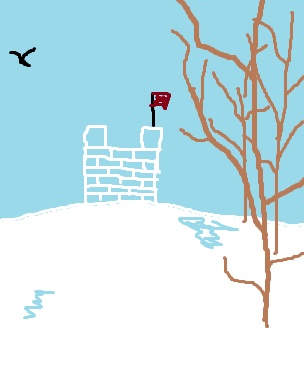
Step Two, Location and Legal Implications
When your snow has been secured and you've found a plot of earth you may legally construct a snow fort, the first step is to dig a proper foundation. Using a snow shovel, try to remove as much snow from the area you want to construct your fort walls, and from the inner area where you want to be able to sit and stand. Your best foundation will be flat, frozen or partly frozen earth with a thin layer of snow/ice on top. You may also want to find the highest point in the vicinity. This will help with many features you may want to add to your fort as well as creating added terrain defense against snow zombies and other ne'er-do-wells. If you choose to build on top of a knoll or other small, erratic high ground, special caution should be taken in shaping your fort. You will need to adjust for sloping ground, which will be difficult unless you have a snow-fort engineering degree. However, this should not deter you. What you may lose in fort stability, you will make back in positional advantage. A pummeling rain of snowballs is much more readily launched from such a position, as is a back-door bobsled getaway in case the horde of evil snow-goers is too powerful.
Step Three, The Right Snow
Test the consistency of your snow for shape-forming quality. The Eskimo aren't kidding when they say they have six thousand different words for snow, which, regrettably points toward this cold reality: most snow isn't good for making snow forts. However, and this is the great equalizer: the majority of people who find joy in building a snow fort live in temperate regions of the world, which also happen to bear the brunt of the best snow-fort-making snow on earth. You are basically looking for is snow that isn't too dry and isn't too wet -- the "just right" chair at the Goldilocks diner. Too dry and the snow won't adhere with itself. Too wet and the snow will be too adherent and too heavy. Just right and you'll be able to build the fort of your dreams.
The best snow falls typically between 27 and 32 degrees fahrenheit. This is a generality simply because snow forms in many different ways, and depending on temperatures in the atmosphere above the surface, even snow that falls in this range may not be suitable. Basically, look for snow that you can make a good snowball with slight packing effort. If you can form the snowball with one squeeze, you might have snow that is too wet. If it takes more than a few curls and molds of your hand, you've probably got snow that is too dry. Fall somewhere inside those extremes and you've got yourself the conditions for a snow fort.
Step Four, Block Construction
Find a mold for your snow bricks. The easiest thing to use is a cardboard box. Again, look for the "just right" size: something big enough to make a sizable brick, something small enough to handle. Pack the box with snow and tamp down on the snow heavily with your boot or snow shovel so that it solidly adheres with itself. When you feel like the brick is solid and well-formed, flip it over, jiggle out the block (try to refrain from slapping the back of the box...this can create cracks in the brick), and start yourself a production enterprise.
Step Five, (Optional Step)
If you have access to a bucket of water and the temperature is below freezing, you may choose to create a mortar to go with your bricks by simply adding a small amount of water to the surface of the area where you place your next brick. This will create an ice-mortar that will help with the stability of the fort walls. This step is not necessary and should be avoided altogether if you are just building your fort for fun. While we assume that most people will build their snow fort for fun, we can't overstate the importance of knowing how to build a snow fort for safety. It could save your life one day. (Please do not confuse this with learning how to build a snow cave, which is quite different than a snow fort and may literally save your life if you are in the rare situation that you'd need to build one.)
Figure A
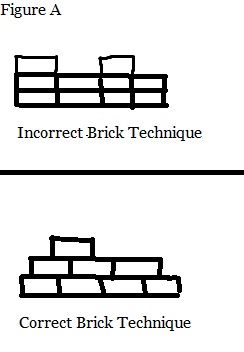
Step Six, Building the Walls of Your Snow Fort
To construct a fort with stable walls, you must stack the walls like a bricklayer would stack bricks. Do not stack one block directly on top of another block. The proper way to lay a snow brick is by making sure that part of the brick rests on top of part of two of the bricks below it. (See Figure A for proper and improper stacking technique). Even if the block is 3/4ths on top of one brick and only 1/4th on top of another, this adds the necessary stability to wall that should allow you to build it, depending on the width of the bricks and the consistency of the snow, at least five feet high. (and you can certainly go a lot higher if you are careful to put stability ahead of all else)
Interlude, A Special Note on Safety
If your walls start to get high, you have to start thinking about your safety in case of a collapse. You may want to consider carrying a special avalanche search beacon with you so that fellow fort-builders can dig you out if you are covered in too much snow. Also, as a special note to earthquake prone regions: A violent earthquake could cause your snow fort to collapse in addition to causing avalanches in places that aren't thought to be avalanche prone. If you feel the jolt of an immense earthquake, do not hesitate to run and dive onto a flat plot of earth to protect yourself from these hazards. Finally, if you are in a region that hunting season is active, DO NOT wear antlers while building your fort.
Step Seven, The Final Touch
When you've finally erected your tribute to the Snow Gods, your lair of last resort against the scourge of evil marching up the road to you -- when you've exerted your energy, spent your calories, and built something that Architectural Digest would have no interest in superficially, even if the editor may admire it from afar -- when you've given your all to that winter day -- do not forget to raise a flag in your honor. Find a stick, insert it cleverly into your fort, and place a banner high above the ground below. Besides tearing the raw flesh from an animal with our incisors, shelter is as primal as it gets for a human, even if it was only a temporary haven.


